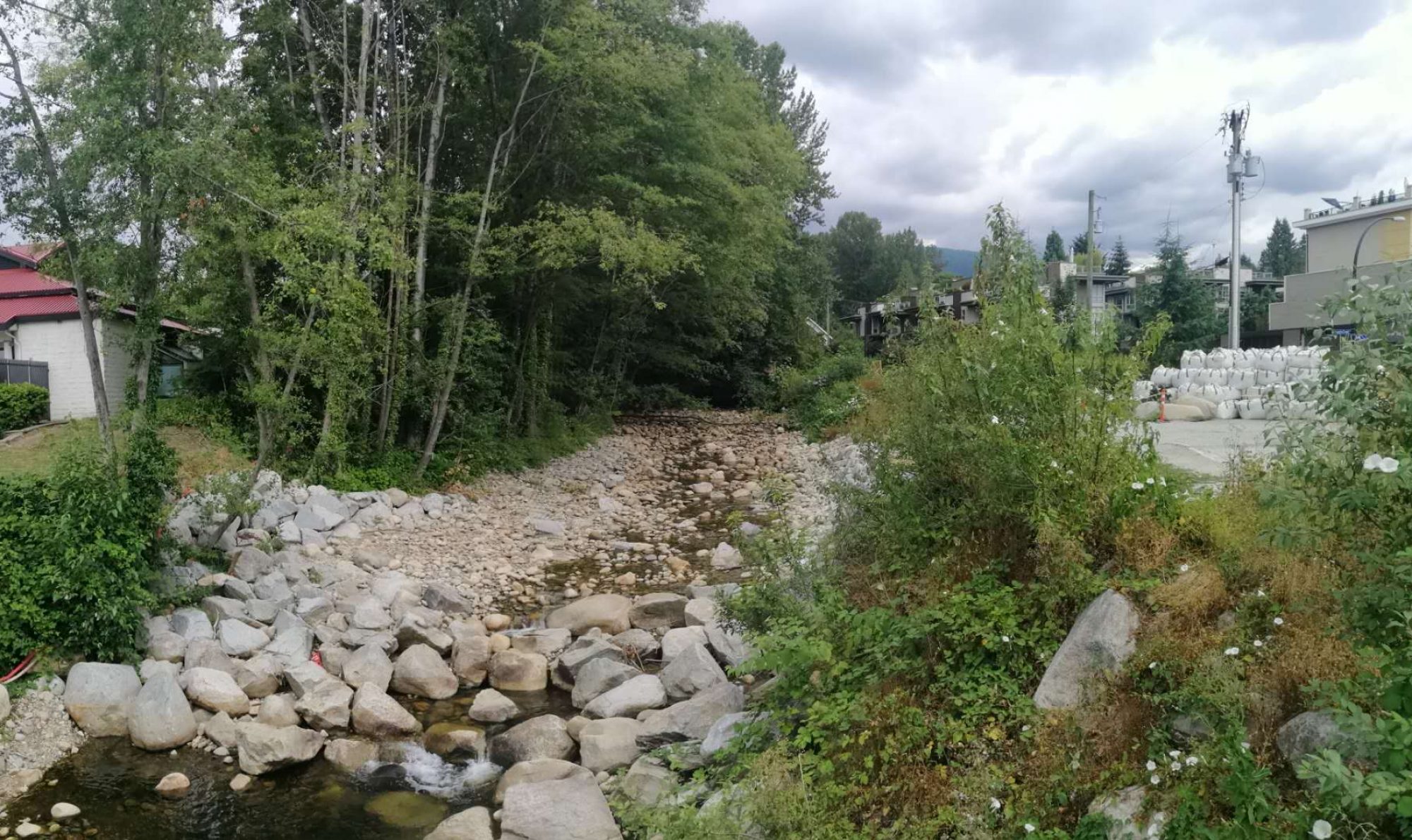For more information, please leave a reply.

_________________________________________________________________________________
References
Abu-hashim, M., Mohamed, E., & Belalb, A. (2015). Identification of potential soil water retention using hydric numerical model at arid regions by land-use changes. International Soil and Water Conservation Research, 3(4), 305-315. DOI: 10.1016/j.iswcr.2015.10.005
City of North Vancouver. (2013). Climate Change Adaptation Plan. BC: North Vancouver.
City of Vancouver. (n.d.). Best management practice toolkit – volume 2. FINAL DRAFT. Retrieved from: City of Vancouver website: https://vancouver.ca/files/cov/integrated-stormwater-management-best-practice-toolkit-volume-2.pdf
Dudley, R., Hodgkins, G., Mann, A. & Chisholm, J. (2001). Evaluation of the effects of development on peak-flow hydrographs for Collyer Brook. In U.S. Geological Survey Water-Resources Investigations Report 01-4156 Maine.
Government of British Columbia. (2002). Stormwater Planning: A Guidebook for British Columbia. B.C.
Johnson, S. & Sayre, D. (1973). Effects of urbanization on floods in the Houston, Texas metropolitan area. In United States Geological Survey Water Resources Inventory, 3-73 50
Laenen, A. (1983). Storm runoff as related to urbanization based on data collected in Salem and Portland, and generalized for the Willamette Valley. Retrieved from United States Geological Survey website: https://pubs.er.usgs.gov/publication/wri834143
Liu J., Sample, D. Bell, C., & Guan, Y. (2014). Review and Research Needs of Biorentention Used for the Trestment of Urban Stormwater. Water, 6(4), 1069-1099. DOI: 10.3390/w6041069
Metro Vancouver. (2011). Regional Growth Strategy Projections: Population, Housing and Employment 2006 – 2041 Assumptions and Methods. Retrieved from http://www.metrovancouver.org/services/regional-planning/PlanningPublications/20110729RegionalGrowthStrategyProjections20062041_TH.pdf
Metro Vancouver. (2019). Regional Tree Canopy Cover and Impervious Surfaces.
Partnership for Water Sustainability in B.C. (2014). Primer on Water Balance Methodology for Protecting Watershed Health. Retrieved from: https://waterbucket.ca/wp-content/uploads/2012/05/Primer-on-Water-Balance-Methodology-for-Protecting-Watershed-Health_February-2014.pdf
Stephenson, D. (Ed.). (2000). Rainfall and Runoff. In Developments in Water Science. (Vol. 14, pp. 16-37). Elsevier Science.
Toronto and Region Conservation Authority. (2013). Assessment of Life Cycle Costs for Low Impact Development Stormwater Management Practices Final Report. Retrieved from Sustainable Technologies Evaluation Program Website: https://sustainabletechnologies.ca/app/uploads/2013/06/LID-LCC-final-2013.pdf
US EPA. (2009). Managing Stormwater with Low Impact Development Practices: Addressing Barriers to LID.
Whittow, J. (1984). Dictionary of Physical Geography. London: Penguin.

 Follow
Follow